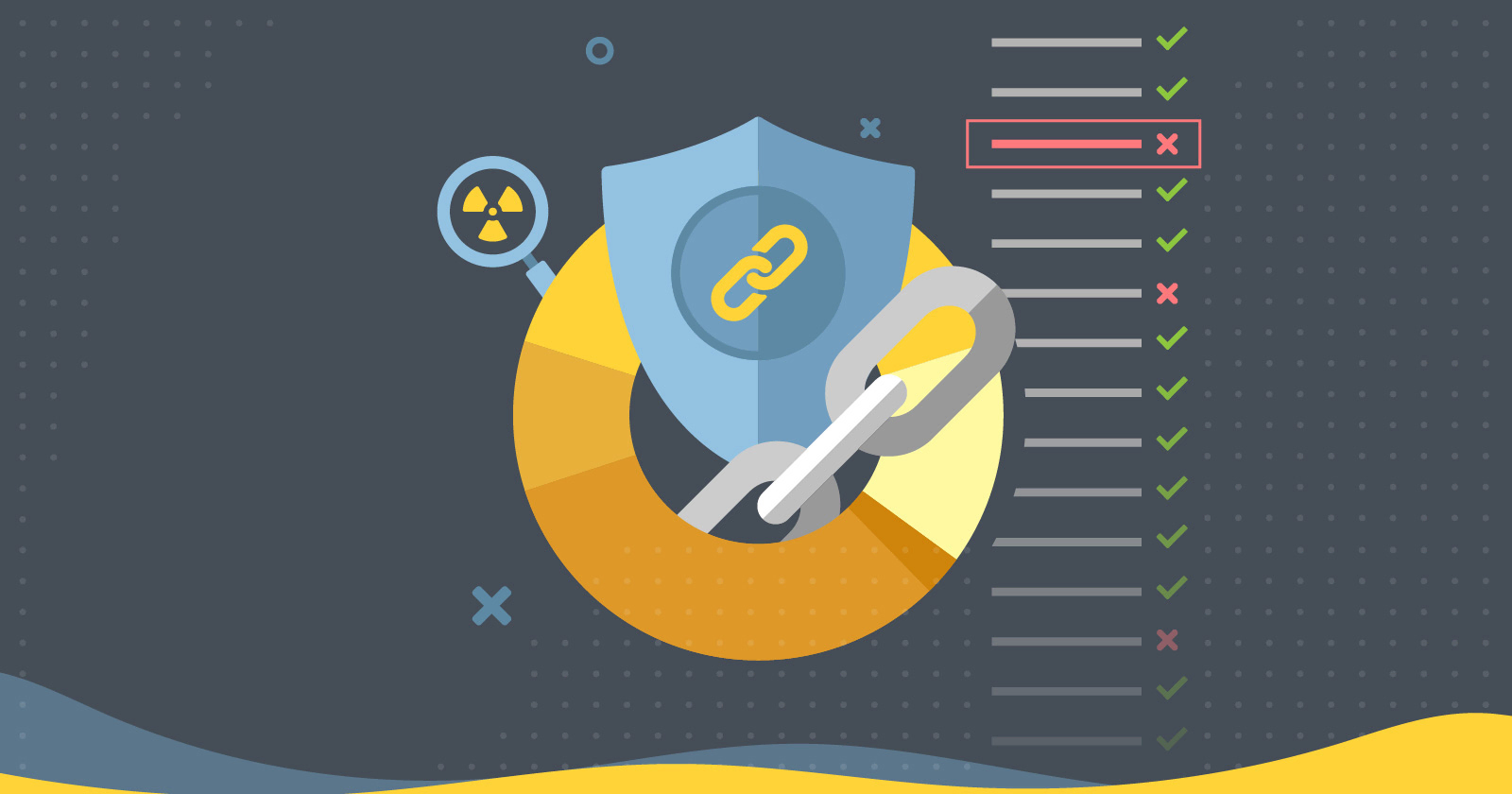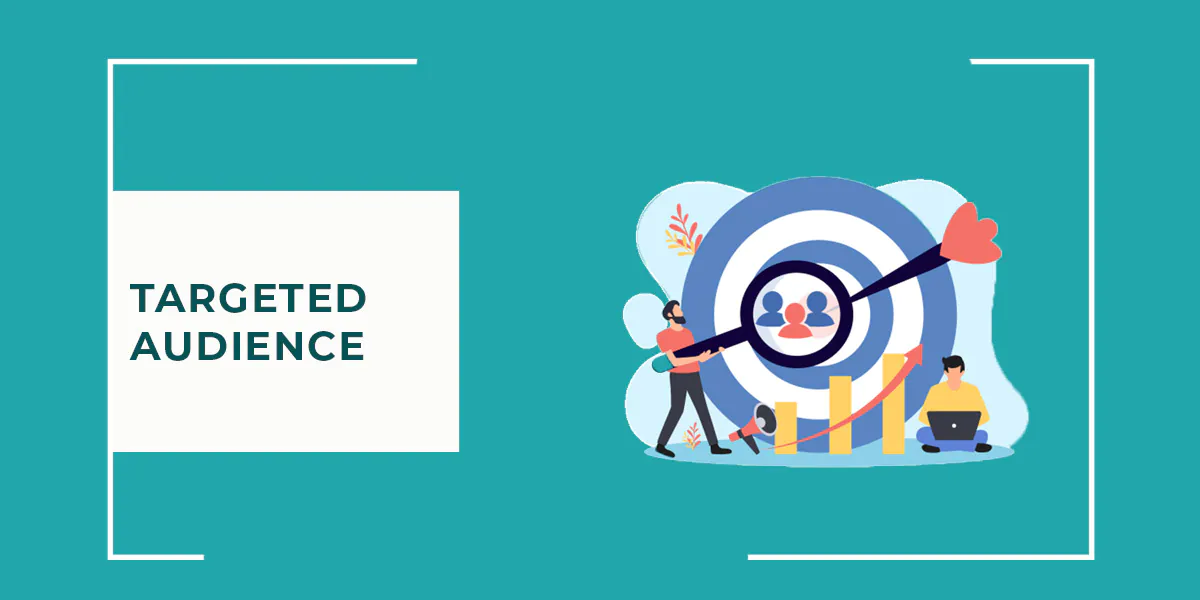
The influence of backlinks has gained prominence in SEO initiatives, especially when they drive traffic to your site from other compelling websites.
Unfortunately, poor or undisclosed quality links – also known as toxic backlinks– can have a negative impact on your website’s SEO efforts.
This blog examines how to assess external backlinks and proactively remove spammy links to improve overall results with respect to ranking and visibility.
With a focus on detailed reviews, cleanup practices, and tools for optimization success, we will make sure to explore all aspects of cleaning up your backlink profile while building long-term resilience through proactive tactics such as content improvement and quality link building.
What are Spam Backlinks?
Spam backlinks, also known as toxic backlinks, are unnatural links that appear on other websites and aim to manipulate a website’s search engine rankings.
These links use strategies like link farms, link wheels, commenting on unrelated websites, and buying/selling of links.
According to SEO.co, a professional Kansas City SEO agency, their characteristics include low page authority or no follow tags, excessive linking from the same domain or IP address, and overriding proper usage of anchor texts.
Common sources for spammy backlinks may be content mills or directories offering paid listing services. When these types of links exist near your own website’s URL, it ultimately ends up hurting your SEO rather than helping it.
Importance of Regular Backlink Audits
Backlinks provide important search engine signals, but they can also lead to harm if not monitored closely. Audits help identify spammy links that reduce confidence with search engines and could even result in a penalty.
By periodically assessing which websites are linking to yours, you can keep potentially damaging links from deteriorating your website’s SEO success.
To achieve this, there are tools such as the Google Search Console and third-party programs like Ahrefs and SEMrush that can be used to examine other sites’ links towards yours more thoroughly.
Identifying Toxic Backlinks
Identifying toxic backlinks is an essential part of maintaining a healthy website. From the word itself, spam or “toxic” backlinks can drive your website’s rankings down by reducing the amount of trust and authority your page has from search engines, negatively affecting SEO optimization efforts.
To identify hazardous links, you should do a manual review of all existing backlinks, use Google Search Console to find unnatural links pointing to your site, and also take advantage of third-party sources for comprehensive link analyses.
Additionally, enable notifications for when new malicious domains have suddenly linked to your pages so you are aware when new threats occur and can act quickly on any changes that happen in order to perform necessary damage control steps.
Fixing Toxic Links
Strategies for removing spam backlinks
Strategies for removing spam backlinks involve both manual and automated processes.
Typically, manually seeking out offending domain owners is the recommended first option for removal.
Contacting websites that are linking to your site with inappropriate or low-quality links can be resource-intensive.
If contacting these sites fails to yield results, disavowing domains in Google should be utilized as a last resort measure; this actually permits Google to omit a website’s bad links from its indexed rankings for a particular web page URL within an account.
Finally, once unwanted backlinks have been eliminated or removed, it is important to update and improve existing content to provide better quality information on specific topics related to original content placed under scrutiny due to being associated with questionable link sources externally.
Updating and improving existing content
Updating and improving existing content is a critical factor in website optimization.
Not only does improved content have the potential to raise your rankings, but ensuring that archived posts are free of any spelling or grammar mistakes is also key in making sure search engines find them.
Furthermore, adding fresh imagery and maintaining an internal linking structure can encourage potential readers to stay longer and explore other parts of your website.
Regularly availing yourself of update opportunities helps encourage searches as it makes them applicable to an array of queries, singing a post’s relevance for a longer period.
In turn, updating existing content allows new topics and ideas related to previous conversations to be much more visible and accessible, allowing them for optimized search engine indexing.
Building high-quality, natural backlinks
The importance lies not just in the quantity of links but also in their quality.
High-quality external links from a trustworthy source will improve your website’s rank, while low-quality or irrelevant sources can cause harm instead.
Earning better backlinks involves investing time and effort into producing compelling content that deservedly gets shared and attracts readers to link towards you on purpose without any pressure from the side of publishers or company relationships.
Establishing connections with industry influencers is another feasible way to achieve this goal, as they often accept guest posts or blog mentions smoothly in order for them both to gain higher referral traffic amounts together.
Preventing Future Spam Backlinks
Staying one step ahead of spam backlinks is possible by taking proactive precautions.
Ensure that the content on your website is always optimized and regularly updated to provide a rich user experience backed by reliable sources.
Adding strong authentication protocols should be considered when actively building linkable assets such as blog posts, articles, social media profiles, etc.
Additionally, disavow rules before any manual attempts at link-building so you can control the risk of gaining malicious links very quickly without feeling the repercussions in Google Rankings.
While it takes effort over time to build brand credibility and keep high standards for new incoming links, paying close attention to policies and protocols regarding qualifying these voices will benefit your website’s SEO long-term.
Conclusion
Identifying and eliminating toxic backlinks is a critical part of SEO success for any website. With an audit, you can assess how those spammy links are specifically impacting your rankings and decide on the best course of action to clean up and secure your site’s reputation.
By performing link audits regularly and following expert advice in prevention (such as quality content creation and safe link-building), businesses can create a strong, solid backlinking foundation that will enhance their online visibility.
Taking the necessary steps now to ensure clean backlinks also leads to more organic growth opportunities, increased authority, greater relevance, and higher rankings over time – all helping improve business profitability.








